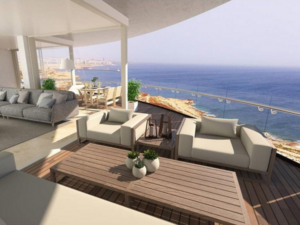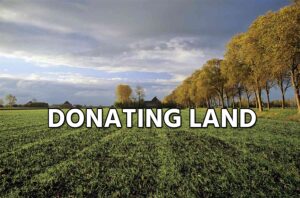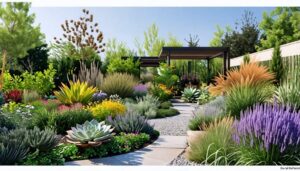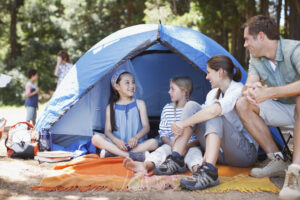The Rising Tide of Manufactured Homes in the USA: A Growing Trend in Affordable Housing

In recent years, the United States has witnessed a notable shift in the housing market, with an increasing number of Americans turning to manufactured homes as a viable and affordable housing solution. Manufactured homes, often referred to as mobile homes or trailers, have evolved significantly from their early predecessors. Today, they offer a cost-effective and stylish alternative to traditional site-built homes, meeting the demands of a diverse range of homebuyers. This article explores the growing trend of manufactured homes in the USA, delving into the reasons behind their popularity, the evolution of the industry, and the potential impact on the broader housing market.
Evolution of Manufactured Homes:
Manufactured homes have come a long way since their inception in the mid-20th century. Initially designed as temporary housing solutions, these homes were often associated with a lack of quality and durability. However, over the years professionals like UMH Properties Inc.did advancements in construction techniques, materials, and design have transformed manufactured homes into attractive and energy-efficient dwellings. Modern manufactured homes are built to rigorous construction standards set by the Department of Housing and Urban Development (HUD), ensuring safety, durability, and energy efficiency.
Affordability and Cost-Effectiveness:
One of the primary drivers behind the surge in popularity of manufactured homes is their affordability. Traditional site-built homes often come with hefty price tags, making homeownership a distant dream for many Americans. In contrast, manufactured homes offer a cost-effective alternative, allowing individuals and families to achieve the American dream of homeownership without breaking the bank.
The cost savings associated with manufactured homes extend beyond the initial purchase price. These homes are typically constructed in a controlled factory environment, minimizing the impact of weather delays and other factors that can lead to cost overruns in traditional construction. Additionally, manufacturers benefit from economies of scale, further contributing to the affordability of manufactured homes.
Customization and Design Flexibility:
Modern manufactured homes have shed the stereotypical image of standardized, cookie-cutter designs. Today, manufacturers offer a wide range of customizable options, allowing homebuyers to tailor their homes to meet their specific needs and preferences. From floor plans to interior finishes, buyers can choose from a variety of options to create a home that reflects their personal style.
Moreover, the manufacturing process allows for efficient integration of the latest technologies and energy-efficient features. This not only enhances the overall comfort and livability of manufactured homes but also positions them as sustainable and environmentally friendly housing options.
Community Living and Amenities:
Manufactured home communities have become increasingly popular across the country. These communities offer a sense of belonging and shared amenities, fostering a close-knit neighborhood environment. Many manufactured home communities provide recreational facilities, green spaces, and communal areas, creating a unique living experience for residents.
The Rise of Manufactured Home Financing:
As the demand for manufactured homes has grown, so too has the availability of financing options. Traditional mortgage lenders, as well as specialized lenders, now offer a range of financing solutions tailored to the unique characteristics of manufactured homes. This increased accessibility to financing has further fueled the growth of the manufactured housing market, making homeownership achievable for a broader segment of the population.
Challenges and Misconceptions:
Despite the numerous advantages of manufactured homes, there are still lingering misconceptions and challenges associated with this housing option. The stigma attached to mobile homes as low-quality or temporary structures persists, deterring some potential buyers. Additionally, issues related to land tenure and zoning regulations can pose obstacles to the placement of manufactured homes in certain areas.
To address these challenges, advocacy groups and industry stakeholders are working to change perceptions and promote policies that facilitate the integration of manufactured homes into mainstream housing markets. Efforts to educate the public about the quality and durability of modern manufactured homes are essential in dispelling outdated stereotypes.
The growing trend of manufactured homes in the USA reflects a paradigm shift in the housing market, driven by affordability, customization options, and evolving societal preferences. As the industry continues to innovate and address challenges, manufactured homes are poised to play a crucial role in addressing the nation’s housing needs. With a focus on sustainability, community living, and financial accessibility, manufactured homes are redefining the American dream of homeownership for a new generation. As the housing landscape continues to evolve, it is evident that manufactured homes are here to stay, offering a promising and exciting future for the housing market in the United States.








